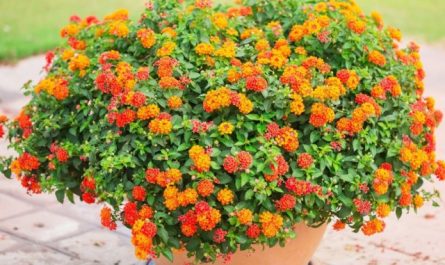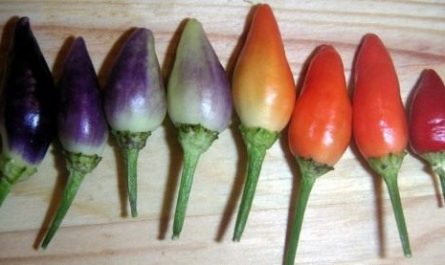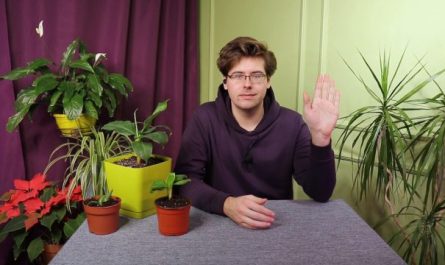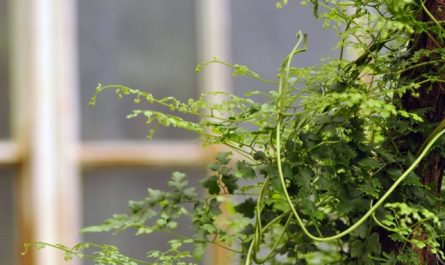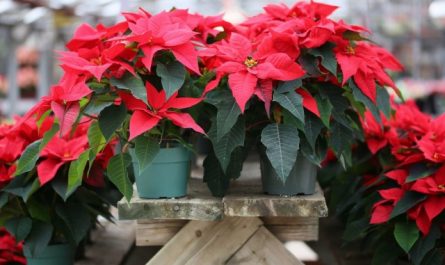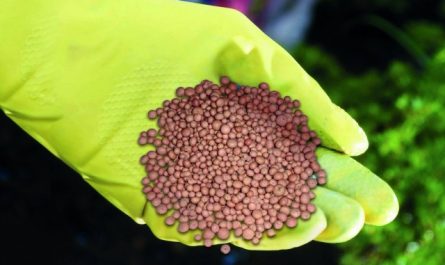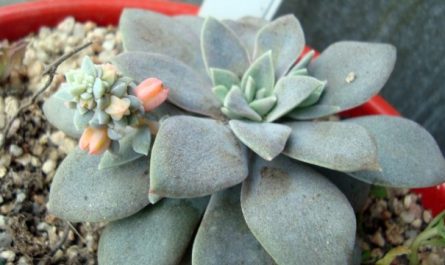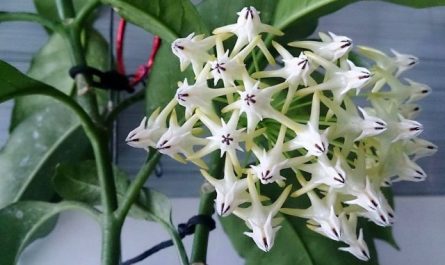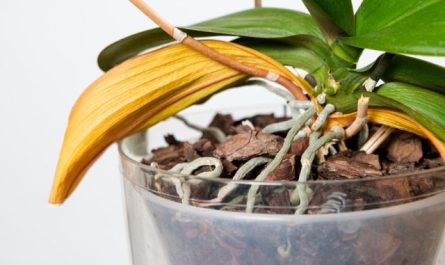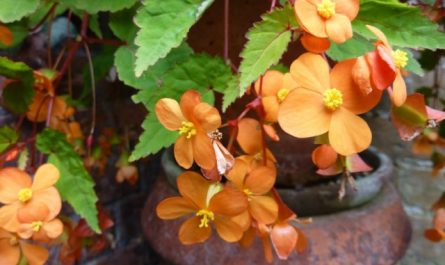Among indoor plants, only a few can compete with sansevieria in terms of endurance. And no other favorite of “lazy” landscaping is distinguished by such strictness of form and purity of lines. Sansevieria is often perceived as a boring plant. But if you look at it from the other side, you can appreciate both the classic appearance and versatility, and the ability to grow where other indoor plants will not survive. Sansevieria can develop in almost any conditions! And it is suitable for both home and office, remaining the most reliable choice for a modern interior.

Description of the plant
sansevieriya (Sansevieria) is an evergreen stemless perennial plant of genus Sansevieria, Asparagus family (asparagaceae). We know it as pike tail, mother-in-law’s tongue and snake skin. Stolons are characteristic of almost all sansevieria, as are superficial creeping rhizomes that allow thickets to form.
Around the growth point, the leaves are arranged in a rosette or spiral, depending on the species – hard sword-shaped or fleshy cylindrical, rounded, juicy. The leaves of all sansevierias are equally effective and capable of storing moisture.
Flowering indoors is considered a rarity. The rosette, from the center of which the flower stalk develops, no longer produces leaves. Pale, graceful flowers are collected in rare brushes with an unexpectedly delicate aroma.
Sansevierias have become famous as plants that can absorb carbon dioxide even at night. They clean the air of toxins and harmful impurities, and as a filter plant they are so effective that they have received the approval of NASA specialists. Most species are conditionally poisonous due to the juice that irritates the mucous membranes.
Types of indoor sansevieria
Sansevieria three-striped (Sansevieria trifasciata) is the most popular species with flat and rigid, vertically growing, decorated with transverse stripes and strokes, sword-shaped leaves up to 1,2 m high with a width of only up to 7 cm. They grow in small 6-8-leaf rosettes.
Forms and varieties differ in the length of the leaves – from short (in flower-like rosettes) to giant giants – and shades of patterns, the presence or absence of a border on the leaves. Legendary form Lawrence flaunts a thick yellow border, variety Moonshine – almost white oval leaves, variety Sensation Bantel — almost hiding the narrow long leaves with white stripes, and Silver Queen – with silvery tall leaves.
Sansevieria cylindrica (Sansevieria cylindrica) is a fashionable species with pencil-like cylindrical dark green leaves up to 2 cm in diameter and up to half a meter in length, with a longitudinal groove visible only up close.
Sansevieria Hana (Sansevieria hahnii) is a controversial variety of Sansevieria trifoliate, which many scientists distinguish as a separate variety (rosette, rose sansevieria, low, flower sansevieria). Triangular, shortened leaves create a flower-like rosette.



Less common species include:
- Sansevieria hyacinthosa (Sansevieria hyacinthoides) with lily-of-the-valley leaves, widening at the top, up to 50 cm long with a reddish border, light stripes and wavy edges. Slightly larger wavy leaves with light specks are also characteristic of Sansevieria Liberica (Sansevieria liberica).
- Kenyan Hyacinth, or Sansevieria elegans (Sansevieria parva) is a beautiful compact species up to 30 cm in height with rosettes of narrow pointed leaves resembling miniature yuccas and surprisingly large spikelets of inflorescences.
- Sansevieria Pickaxe (Sansevieria kirkii) is a beautiful species with leaves that are almost lying in a rosette, wide at the base, silvery-green with a brownish-white border and a large-toothed edge. There are several unexpected hybrid varieties with narrow, grass-like, straight leaves (for example, Friends).



Growing conditions for indoor sansevieria
Sansevierias adapt well to shading, and you can place them in rooms as you wish. As long as the temperatures remain within the room limits, they grow well in any conditions.
Lighting and placement
Ideal for sansevieria is considered to be diffused, without direct rays, bright lighting or light partial shade. But all sansevieria can grow in the shade, feeling great in the interior. The degree of shading determines the risk of color loss: variegated stripes and shades are preserved only in well-lit places.
Plants can bloom only if kept in bright light, but for this purpose, the opportunity to decorate the interior is rarely sacrificed. Sansevieria react to artificial light in the same way as to natural light.
Temperature conditions and ventilation
Sansevierias are heat-loving and do not tolerate cold spells below 16 degrees even in winter. Sansevierias are not afraid of drafts without hypothermia, as well as temperature changes. In summer, sansevieria can be taken out into the fresh air, used to decorate terraces and balconies, protecting them from precipitation.

Caring for Sansevieria at Home
The hardy sansevieria easily forgives the lack of watering and requires almost no care. If you do not allow overwatering and overfeeding, it is difficult to harm it.
Watering and air humidity
Sansevieria does not tolerate dampness, but droughts, as a rule, have almost no effect on its appearance. The plant prefers light soil moisture, with at least a third of the substrate drying out between waterings. One watering per week is enough, even in summer. In winter, watering is reduced several times, allowing the substrate to dry out almost completely.
Sansevieria should not be watered with cold water. Pouring water on the leaves and in the center of the rosettes is unacceptable, as is leaving excess water in the trays.
This is one of the most resistant plants to dry air and the influence of air conditioners and heating devices. But the leaves of the sansevieria should be regularly cleaned from dust and dirt by wiping with a soft damp sponge.
Top dressing and fertilizer composition
Only special fertilizer for succulents and cacti is suitable for sansevieria. The standard dosage should be halved. Fertilizers are applied only in liquid form, once a month, in spring and summer. In the first year after transplantation, the plant does not need to be fed at all.
Pruning and shaping sansevieria
Pruning and shaping of sansevieria comes down to cutting off damaged parts. Dry areas of the leaf can be cut off, leaving a thin strip of dry tissue along the edge. When removing leaves, it is imperative to avoid damaging the base of the rosette and leave at least 0,5 cm of “stump” above the soil.

Transplantation, containers and substrate
It is worth changing the container for sansevieria only when the plant becomes cramped in the previous pot. Pike tail can be replanted not only in spring, but also throughout the entire period of active growth.
Sansevieria thrive best in heavy, stable, shallow, wide containers that allow the plant to send out stolons and grow freely. Stability is especially important for species with long leaves, which often outweigh plastic pots.
Since sansevieria is often used for flower boxes and floor containers, most of which are quite deep, the difference in height is compensated for by drainage or by installing double containers.
Any loose, light substrate from the soil mixtures for succulents is suitable for sansevieria. You can use both purchased substrates and soil consisting of turf, leaf soil and sand (2:1:1). Additional additives in the form of coarse-grained sand, perlite, stone chips, vermiculite, coconut fiber, sphagnum are welcome.
Diseases, pests and problems in cultivation
Sansevieria rarely suffers from pests, even scale insects are not a problem for them without exceptional circumstances. The only danger for this succulent is rot when the substrate is over-moistened and the rosettes get wet. Correction of care and emergency transplantation are the only control measures.

Reproduction of Sansevieria
This unique plant is very easy to propagate. Adult sansevieria bushes can be divided into large parts, or by separating individual lateral rosettes, carefully cutting the roots with a sharp blade, processing and drying the cuts and trying not to damage the adventitious roots during transplantation. But a much more popular method is the simple leaf cutting method.
It is not necessary to use long leaves of sansevierias entirely; columnar fragments of 4-12 cm in length are sufficient. The cuts, as with all succulents, must be dried. Varietal characteristics and variegation are not inherited when rooting leaf cuttings, therefore, in sansevierias, in which typical stripes are to be preserved, the plate is cut in such a way as to root only the “colored” sections, cutting out the green central parts.
Leaf cuttings can be rooted in a substrate (sand, a mixture of sand and soil, soil) or water. They are immersed in soil by a third, maintaining the direction of growth, at a slight slope. The plant produces its first shoots after 2-3 weeks. You can plant the “babies” at the base of the leaf only after 3-4 months.

